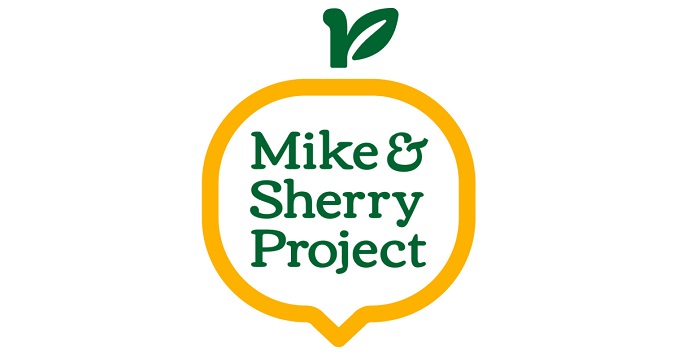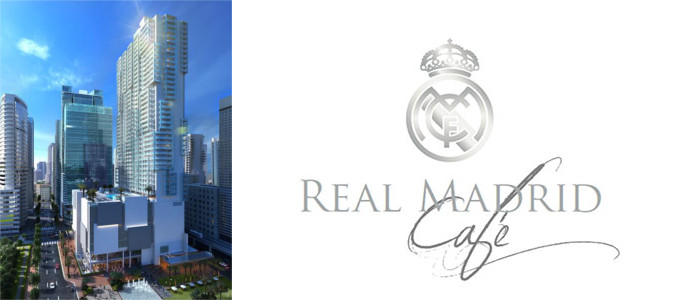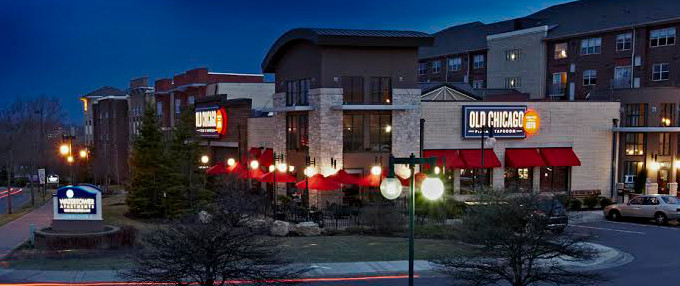 -Alex Broeker, CEO of TabbedOut
-Alex Broeker, CEO of TabbedOut
Every day at your bar or restaurant, guests drop thousands of clues about their likes, dislikes and habits. It’s like an episode of the children’s TV show Blue’s Clues. To an adult, the clues are so damn obvious it’s almost painful to watch. But here’s the tragedy in hospitality: bars and restaurants have no way of collecting ‘booze clues’ in a useable format.
Instead, data is hogged and commoditized by alcohol distributors. Conventional point-of-sale (POS) systems don’t accurately track the SKUs on beer, wine and liquor, but distributors do track what they distribute. They sell that data to research firms that turn around and sell it to alcohol producers at a premium. Meanwhile, bars and the restaurants, the businesses that can influence alcohol sales most heavily, never see that data.
The system doesn’t make any sense, but thankfully it’s changing. Mobile payment systems and innovative POS systems have begun to liberate data from the monopoly of distributors. In your hands, data will help you boost sales in the following ways.
- VIPs: Knowing Your Customers
Bars know that VIPs buy a disproportionate amount of booze. Per the 80/20 rule, 20 percent of customers likely account for 80 percent of your sales. Naturally, you take care of these people, but turnover in the service industry is high. To make sure newbies don’t miss the VIPs, venues might keep a list of names in the back of the house or charge the manager with alerting servers when a VIP walks in.
If you use a mobile payments platform, you can analyze your transactional data to find those ‘sleeper’ VIPs and tag them as important. Soon, POS systems will automatically identify VIPs based on order history and inform staff when they’ve arrived. This can be done by automatically crosschecking mobile payers against a standing list of the dynamic VIP list when they open a tab.
- Trends and Patterns
TabbedOut has aggregated data from thousands of bars and restaurants that reveal some very interesting trends. For example, the item ordered most often with a Dos Equis is chicken wings – until 7:15 pm. After 7:15, Dos Equis’ most popular companion item is a shot of Fireball Whiskey.
This type of aggregated data is key for introducing new items or changing menu layouts to increase sales. It’s also good intel for coupons, which can be programmatically served to smartphones. 43 percent of U.S. Millennials say they check for coupons or promotions on their smartphones while they are in a store, according to a 2013 survey conducted by the Boston Consulting Group (up from 24 percent in 2012). Another study found that 77 percent of Millennials mainly look for digital coupons using their mobile phones (compared to 73 percent of Baby Boomers who search for coupons on desktop computer).
Aggregate data is useful, but you can also personalize deals to individual guests. If one guest orders a cheeseburger with Dos Equis at 6 pm two Fridays of the month, promote Dos Equis and cheeseburgers and forget the chicken wings! Better yet, send those mobile deals around 5 pm on Tuesday when you’re struggling to fill the bar.
- Bargaining Power
If a restaurant or bar wants to prove to distributors that it deserves better case pricing, the conversation is lopsided. As I mentioned, POS systems do not reliably record SKU-level transactions. A bar could tell the distributor how quickly they ran out of X cases of beer, but the distributor can’t trust that data. For all they know, the bar is fudging numbers or hiding unsold inventory.
With SKU-level data, you can fight for better case pricing and therefore higher profit margins. You could also track which labels account for the most sales or best margins at different times of day and different periods throughout the year. By sending promotions to mobile apps, you can then nudge customers towards your most profitable bottles or run a deal to unload unmoved inventory.
Even better, you could sell the SKU-level data straight to alcohol producers, circumventing the distributors and research firms that delay the process and inflate the prices. That’s a whole new revenue stream! Producers would finally see, with laser-guided precision, where to run tastings and send the Corona Girls (hopefully to your bar). One day, I’d like to see vendors become the definitive source of consumer data.
Restaurants and bars can identify their VIPs, market to customer behaviors, negotiate better case pricing and even sell the “booze clues” that make these strategies possible. All that data is available. The barriers to using it are technological, and they’ve all been solved. Stop wasting your data.







